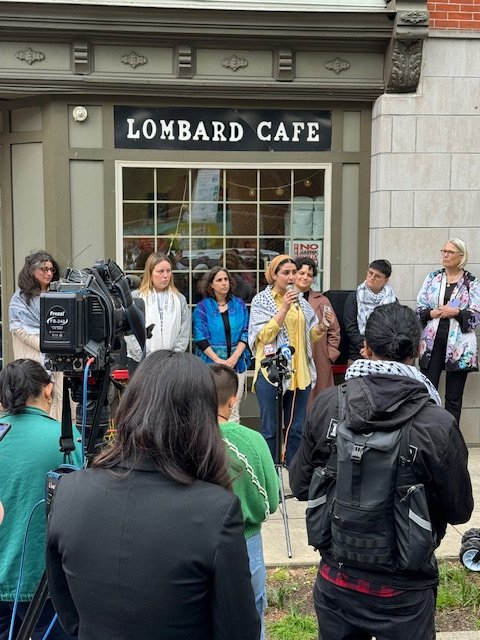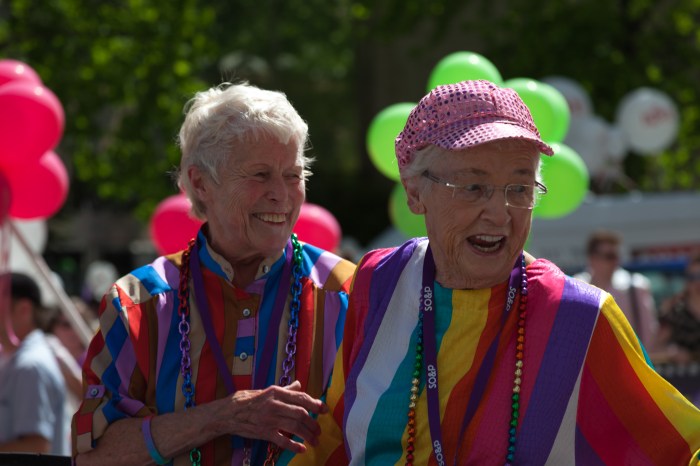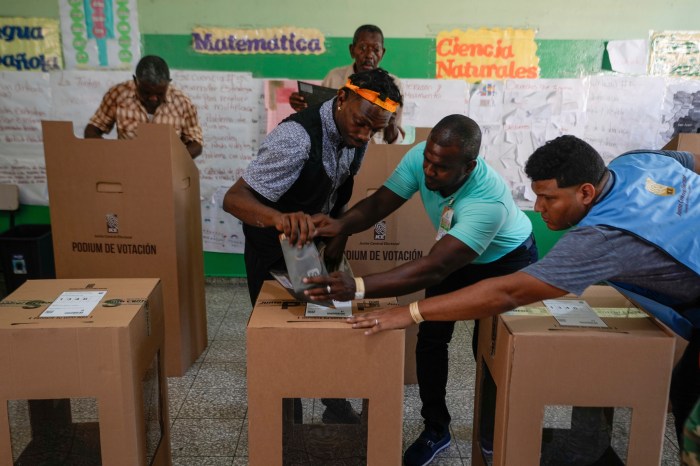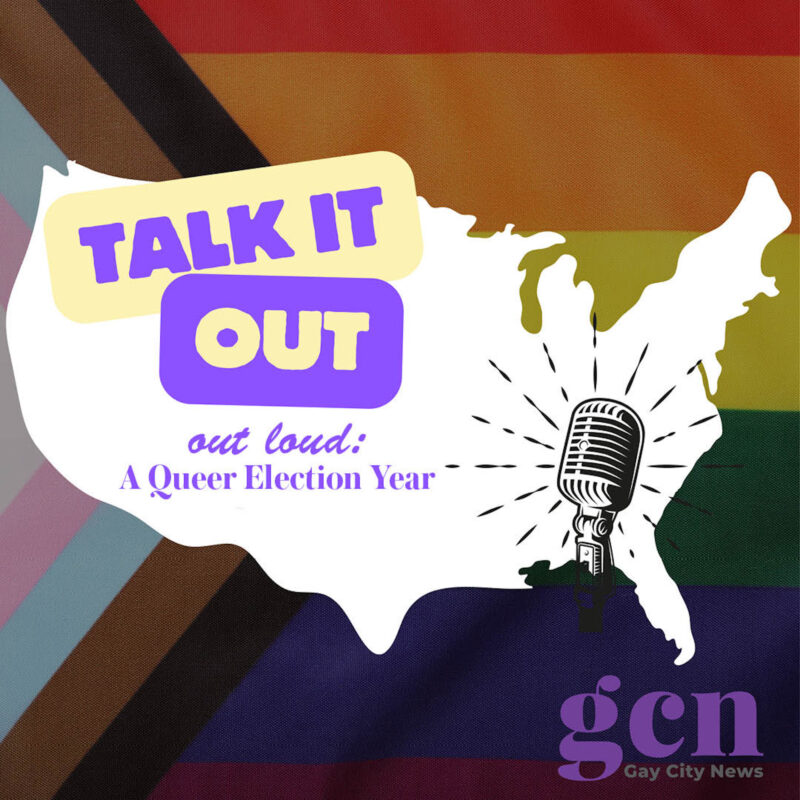In the decade since Sept. 11, Lower Manhattan has overcome antiterrorist bombast and mismanaged rebuilding to make a powerful case that cities can civilize.
Before the attacks, the financial district was a neighborhood with an uncertain future. People abandoned its grimy canyons after office hours. The New York Stock Exchange dithered over whether to build a $1 billion addition. Many wondered if electronic trading would make the urban financial capital irrelevant.
Ten years later it seems every building and street in Lower Manhattan has gotten (or is getting) a good scrubbing. Exuberant Art Deco towers soar out of the Cubist collage of brick and stone structures that jostle each other along the shadowy sidewalks.
The Stock Exchange didn’t grow, but it gleams in Roman temple splendor. Ambling tourists and parents pushing strollers temper the neighborhood’s BlackBerry-fueled bustle.
Many of the forgotten little squares have gotten sensitive makeovers, like Louise Nevelson Plaza, with its black-painted sculptures rising like primordial sentinels amid winsome cast- glass benches by architects Henry Smith-Miller and Laurie Hawkinson.
The number of people living in the neighborhood has more than doubled since 2001, according to a study by the Alliance for Downtown New York. That’s Lower Manhattan’s big success story, aided by substantial tax breaks and Liberty Bonds that financed development.
Spectacular Views
The rumpled stainless-steel facade of the 8 Spruce Street residential tower by Gehry Partners LLP looms into view when you least expect it. Its 903 units with scalloped bay windows opening to spectacular views are renting rapidly even though many units and a ground-level school have yet to be completed.
The patches of yellow and gray bricks on the William Beaver House, with both rental and for-sale units (architect Tsao & McKown), are visible from Brooklyn. With a lap pool and “Penthouse Sky Lounge,” it’s designed to facilitate hookups by young Wall Street workers.
After 9/11, experts feared a business exodus to less terror-prone suburbs. Though financial employment has declined by about 15,000 over the decade, according to the Alliance study, few displaced firms moved farther away than Midtown.
A 2005 study by the Russell Sage Foundation found that financial firms wouldn’t give up the value of proximity. Closeness to the ecosystem of brokers, buyers, lenders, attorneys, accountants, dealmakers and competitors (rich poaching grounds) won out.
Big Ideas Rethought
Some big ideas fell by the wayside when it wasn’t clear that government agencies had the capacity to manage Ground Zero’s technical complexities, like a futuristic transportation hub to directly link Lower Manhattan to airports and the suburban workforce.
While steel has risen for the Fulton Street Transit Center, this project of the Metropolitan Transportation Authority, years late and over budget, is only a modest refurbishment and rationalization of a sclerotic sprawl of underground passageways serving 10 subway lines.
Residential and hotel towers rose on many sites once considered office-building candidates, which means the costly rail projects could not have helped Lower Manhattan compete with Midtown in job growth.
The ballet of swinging tower cranes at Ground Zero is astonishing under new management at the Port Authority of New York and New Jersey. The political rhetoric of patriotic defiance no longer distorts decision-making. Part of the memorial plaza will open to the public on Sept. 11th.
World-Class Promenade
A necklace of new and existing parks wraps Lower Manhattan in what is now one of the world’s great promenades. The esplanade of Battery Park City, west of Ground Zero, has grown so lush that tree canopies filled with twittering birds obliterate the sights and sounds of the city. It now connects to a string of waterfront parks that extend up the West Side to the George Washington Bridge.
The best late summer breezes can often be found in Battery Park, Manhattan’s Southern tip, where Piet Oudolf, a celebrity horticulturalist, has planted lush gardens. Sea Glass, a carousel conceived by theater designer George Tsypin and WXY Architects, is on its way.
In front of the Staten Island Ferry Terminal, pick up a cold drink at a swooping masterpiece of refreshment-stand art designed by the Dutch architect Ben van Berkel.
The waterfront offers a perpetually fascinating contrast of piled-up towers and the horizontal expanse of rivers and sea. Swarms of people head to ferries for Governors Island from the spectacularly restored 1909 Battery Maritime building.
OK to Touch Water
The first completed segment of the East River Esplanade has opened just south of the South Street Seaport. Lush plantings make a persuasive attempt to disguise the elevated FDR Drive. (Landscape architect Ken Smith collaborated with architecture firm SHoP.) You can even touch the water, a health-threatening activity until recent years.
The steady, unwavering commitment to making a better city rise from the twin-tower ashes quietly yet powerfully refutes murderous ideological rage.

James S. Russell writes on architecture for Muse, the arts and culture section of Bloomberg News. Island Press has just published his book, “The Agile City.” The opinions expressed are his own.






















